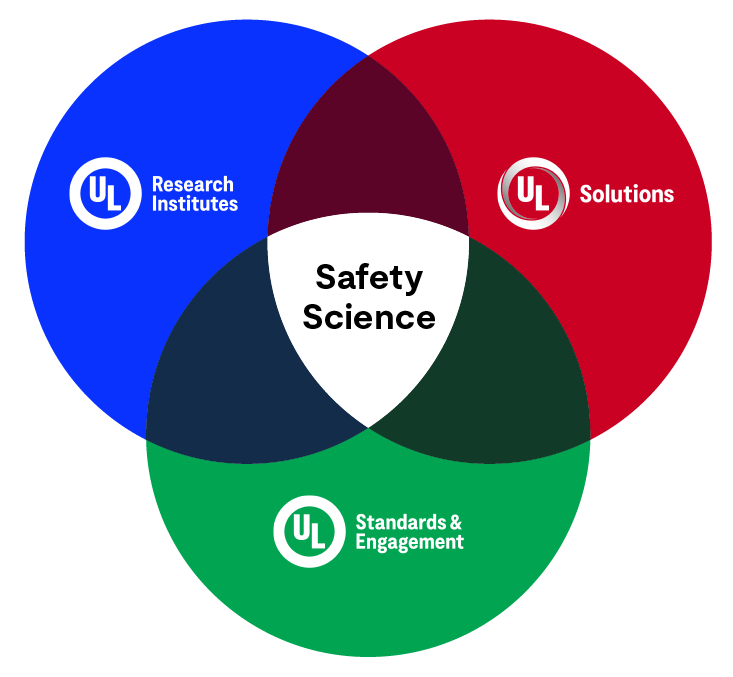EPA Releases Finalized Formaldehyde Rule for Composite Wood Products
Learning the Rules – New EPA Formaldehyde Regulations
Formaldehyde is used in adhesives used to make composite wood products including hardwood plywood, medium density fiberboard (MDF) and particleboard. These materials are used in a wide range of indoor products, thus, formaldehyde is emitted from products such as furniture, flooring, cabinets and building materials. Exposure to formaldehyde can cause adverse health effects including eye, nose and throat irritation, other respiratory symptoms and cancer.
On July 27, 2016, EPA released a pre-publication of their long awaited rule to reduce formaldehyde emissions from composite wood products. EPA worked extensively with the California Air Resources Board (CARB) and other stakeholders to help ensure the national rule is consistent with California’s existing requirements for composite wood products. The federal rule will require compliant composite wood products and finished products that contain composite wood to be labeled as TSCA Title VI compliant within 1 year.
In addition to the CARB requirements, the federal rule includes some additional oversight of third party certifiers that are responsible for monitoring compliance of manufacturers that produce hardwood plywood, particleboard and MDF. Third party certifiers that are already registered with CARB are basically grandfathered for a 2-yr period under the EPA rule while they seek official EPA approval.
The EPA rule also adds a provision for laminated products which are made by gluing veneers to either side of an already compliant composite wood product. Under the current version of the CARB rule, laminated products were treated as finished products and were subject to labeling and recordkeeping requirements. However, laminated products are treated as hardwood plywood under the EPA rule unless they are made using phenol formaldehyde or no-added formaldehyde adhesives. Laminated products that are not made with the exempt adhesives will be subject to third party certification requirements.
The laminated products provisions will not become effective for 7-years. In the meantime, EPA is expected to review test data and information about other adhesive systems which may be added to the laminated products exemption if they are demonstrated to not increase formaldehyde emissions above the regulatory levels.
For more information visit: www.epa.gov

